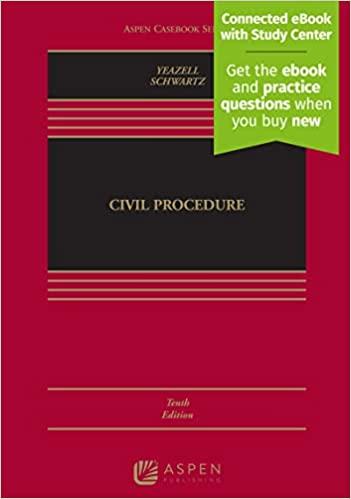In July 2013, Serena secretly invented a device for harvesting maple syrup. Syrup producers have realized that if you stop harvesting sap from a maple
In July 2013, Serena secretly invented a device for harvesting maple syrup. Syrup producers have realized that if you stop harvesting sap from a maple tree once it gets below a certain concentration of sugar, you can sell the resulting syrup for a premium. Old-timers can taste the sap to know the concentration of sugar, but that's expensive. Serena's device automates this process using a refractometer, which measures the concentration of sugar in a liquid. Serena keeps her invention secret and files a patent on December 1, 2013, claiming:
- A device for harvesting maple syrup comprising:
(a) an electronically closable tap for insertion into a maple tree;
(b) a refractometer connected to said electronically closable tap;
(c) fastening means for attaching a container to said tap; and
(d) a container suitable for collecting maple sap attached to said tap by said fastening means.
The first step of a 103 analysis is determining the content of the prior art. You have determined that the prior art definitely includes these two references:
A. A refractometer, patented in 1986 and widely available.
B. A manual tap for maple trees with a hook for hanging a bucket, marketed in 1941.
Question 1: In light of those references A & B from the prior art, is Serena's invention obvious? In other words, under Section 103 of the Patent Act, and using the Supreme Court's KSR test, as you saw applied in Apple v. Samsung, would a person having ordinary skill in the relevant field who knew of these references be prompted to combine the elements in the way the claimed new invention does? If so, the invention is obvious. Explain why or why not.
Question #2: Is Serena's invention obvious in light of the additional prior art in C, combined with the prior art in A & B? Explain why or why not?
C. A sap-harvesting device invented by Trip in Vermont in June 2009. The sap harvesting device includes an electronically closable tap with a bucket hanging on it by a hook; the device is operated by having a knowledgeable maple farmer taste the sap and close the tap for a group of nearby trees all at once if the sugar concentration is below the relevant threshold. Trip kept his invention secret and didn't pursue the idea further until he filed for a patent on September 1, 2013, which was published in due course.
Question #3: Does your answer to Question #2 change in light of prior art D, combined with the prior art in A, B, & C? Explain why or why not?
D. An automatic milking system for cows, designed for making all-natural sweet cream cheese: it involves an automatic milking machine with an attached bucket, and uses a refractometer to measure the sugar content of the milk, then shuts off the milking machine when the sugar concentration gets too low.
Step by Step Solution
There are 3 Steps involved in it
Step: 1

See step-by-step solutions with expert insights and AI powered tools for academic success
Step: 2

Step: 3

Ace Your Homework with AI
Get the answers you need in no time with our AI-driven, step-by-step assistance
Get Started


